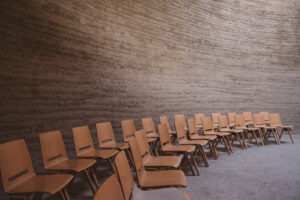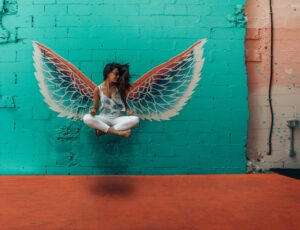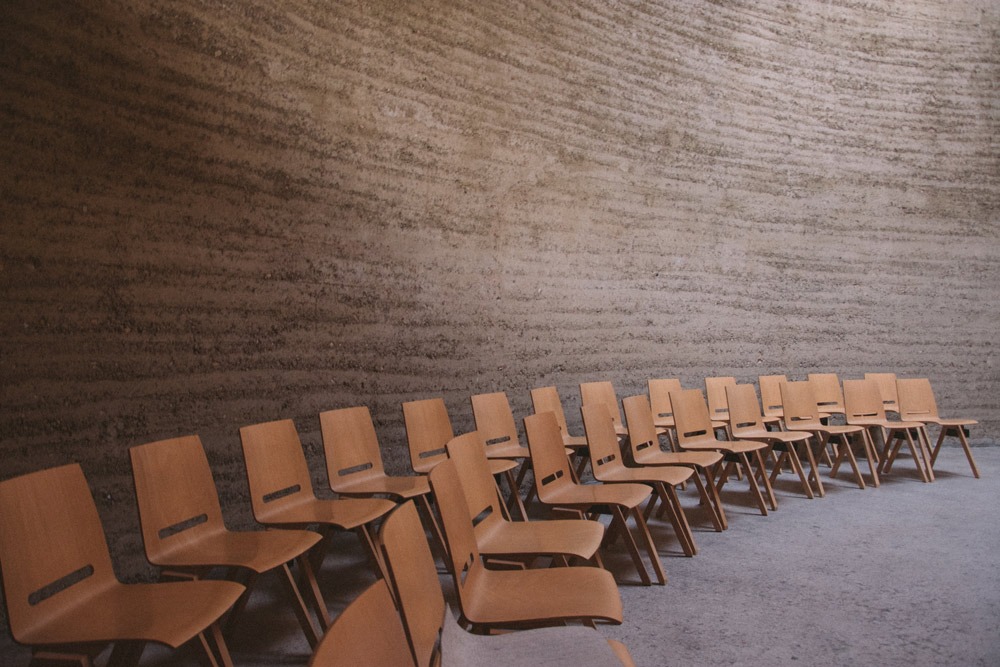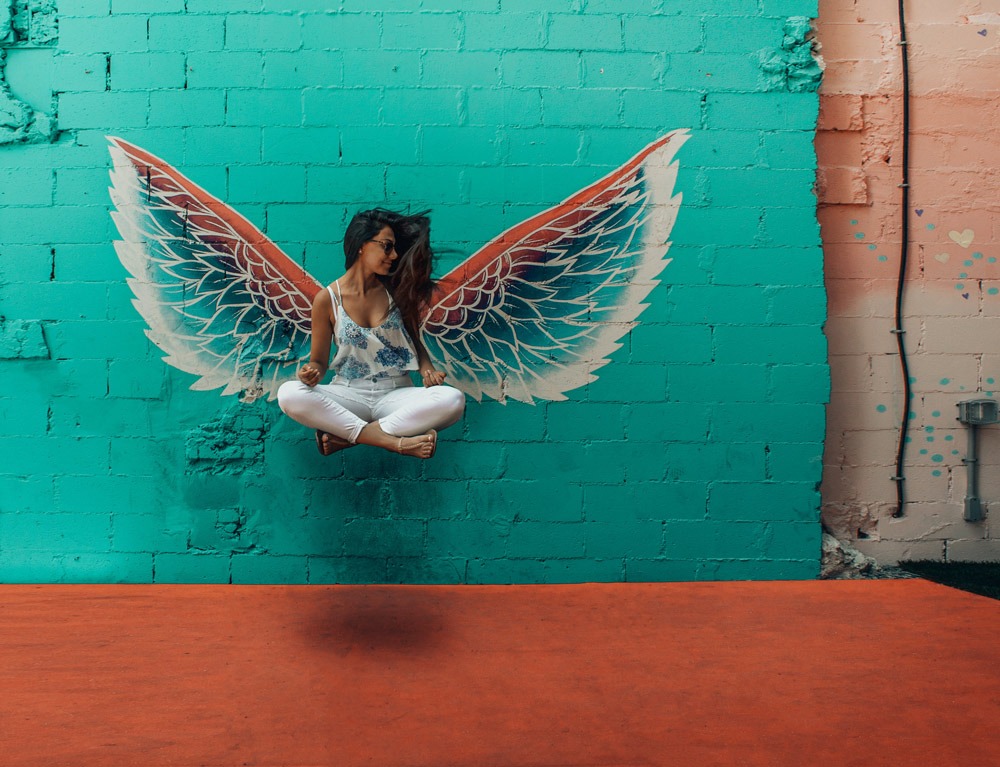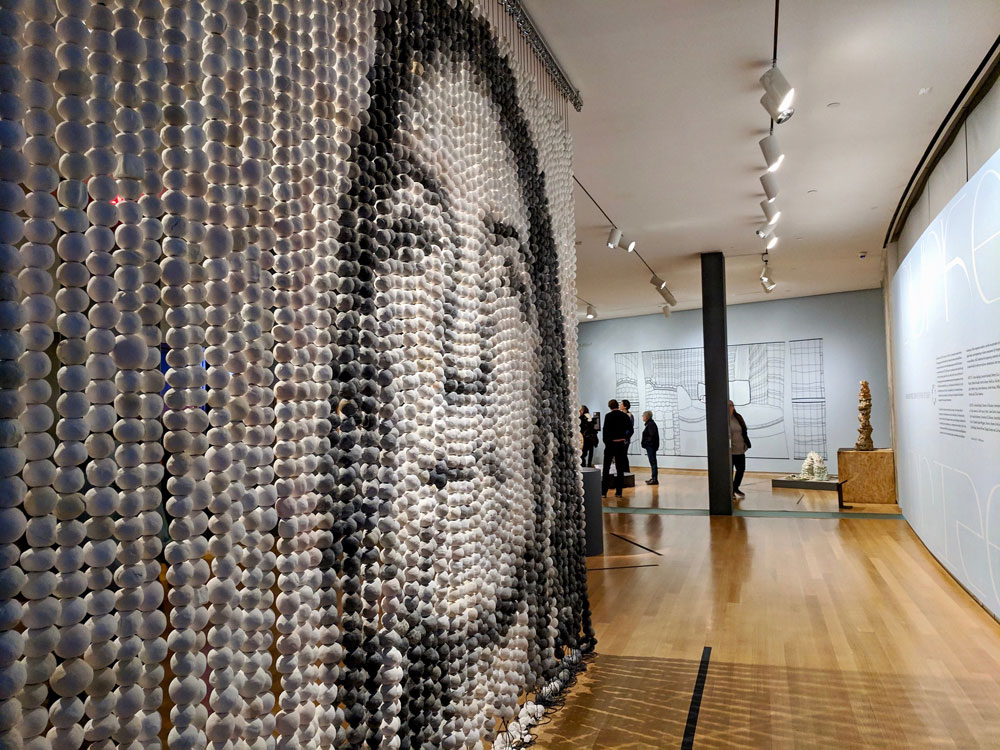
September 2, 2019; Indian Country Today
In June of this year, the Canadian government released the findings of a three-year report condemning historical injustice reaching the point of genocide that Canadian Indigenous women, girls, and the LGBTQ2S communities have endured for centuries. The report further galvanized social activists, artists, communities, and cultural institutions committed to bringing awareness to the fact that the crisis is ongoing.
Last week, Toronto’s Gardiner Museum joined the social movement, unveiling the installation, “Cannupa Hanska Luger: Every One & Kali Spitzer: Sister.” The work is a massive, two-ton pixilated image and sculpture of a Native woman created by Native artist Cannupa Hanska Luger, derived from a photograph taken by First Nations’ photographer Kali Spitzer. The sculpture is constructed entirely with 4,096 hand-made golf-ball-sized beads, meant to represent the approximately 4,000 women and girls that have been or may have been missing and murdered between 1980 and 2010.
To Hanska Luger, “each number in that 4,000 references a life,” which “can be hard to conceptualize and put into context.” By humanizing the data, Hanska Luger’s work honors those victims. At the same time, the artist brings awareness to the numbers of people from the LGBTQ+ communities who have faced the impact of abusive treatment and practices but for whom similar statistics have not yet been reported.
What’s powerful about this project is that it represents the impact that social collaboration can have in creating solidarity as a catalyst for systemic change. In January of 2018, the artist released a video calling for communities throughout Canada and the US to participate in his MMIWQT Bead Project by creating the beads that he would later assemble into a sculpture. Hanska Luger wrote on his project’s website:
Sign up for our free newsletters
Subscribe to NPQ's newsletters to have our top stories delivered directly to your inbox.
By signing up, you agree to our privacy policy and terms of use, and to receive messages from NPQ and our partners.
Gratitude to all communities engaged in this work and supported raising awareness and honoring Indigenous women, girls, queer and trans community members we have lost in Canada. The narrative of MMIWQT expands beyond a specific region, and by acknowledging this number and this place and by creating collectively, we can more forward to address MMIWQT in all our respective homelands, to raise awareness and cultivate policy.
The materials used in creating Every One are intended to make this universal concern tangible. In an artist’s statement, Hanska Luger says, “The materials that I use are emblematic of human civilization such as clay, textiles, steel and digital media. Clay signifies our connection to place, literally the ground on which we stand. We create textiles from plants, reflecting our truly embodied relationship between fiber and flesh. Steel has allowed humans to develop, build and dominate; it provides the physical structures for control and capital. And technology now provides an opportunity to question our civility and our connectedness through durational and situational media.”
Public pressure has forced the Canadian government to reform its repressive policies and practices and to build social, cultural, and political networks to create solutions, make recommendations, and influence policy. The US, however, is failing to give sufficient attention to the abuse that Native people endured and are experiencing and provide current data.
Sarah Deer—lawyer, professor of law at William Mitchell College, and member of the Muscogee Nation—says, “If we had the funding to search and assess our data, I think we would find that we in the US have absolutely similar numbers to Canada in terms of missing and murdered women. We share a parallel trauma and terrible things happen to our women, but it never seems to reach a priority among law enforcement. Our communities must empower themselves at the grassroots level to make change, otherwise it will never happen.”
Given the informational vacuum and the reluctance of the government to take Canada’s lead, it should be incumbent on US cultural institutions to work with artists to give voice and visibility to grassroots movements like these. While momentum is building for arts organizations and museums to drive social activism—particularly as it relates to race relations—Indigenous women, girls and LBGTQ+ communities seem to be getting short shrift.—Meredith Betz



